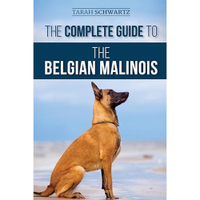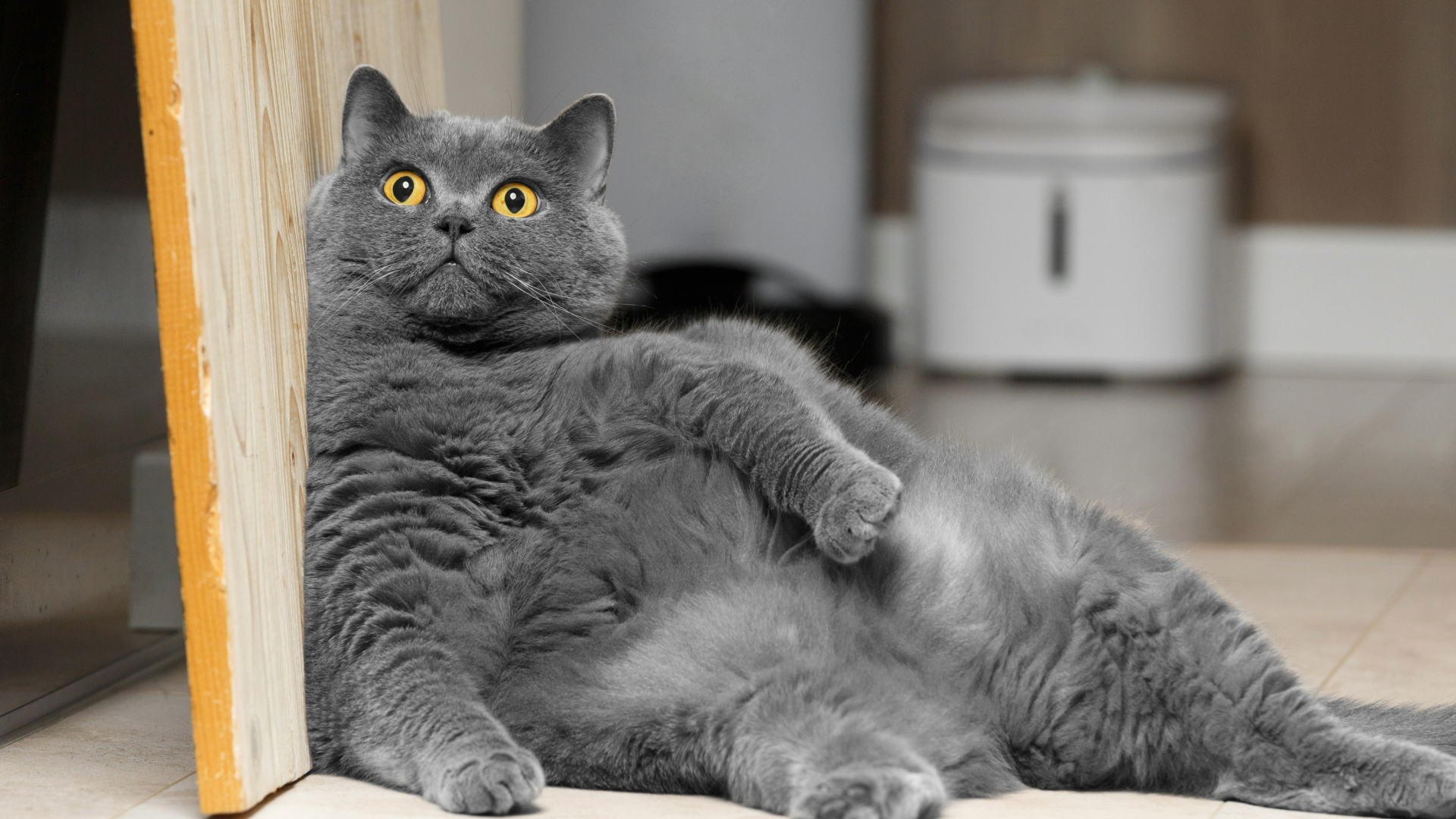The Belgian Malinois is highly active, loyal and incredibly protective, but is this controversial breed favored by the military right for you?
Learn more about this strong, intelligent yet controversial dog and whether the Belgian Malinois would be well suited to your home
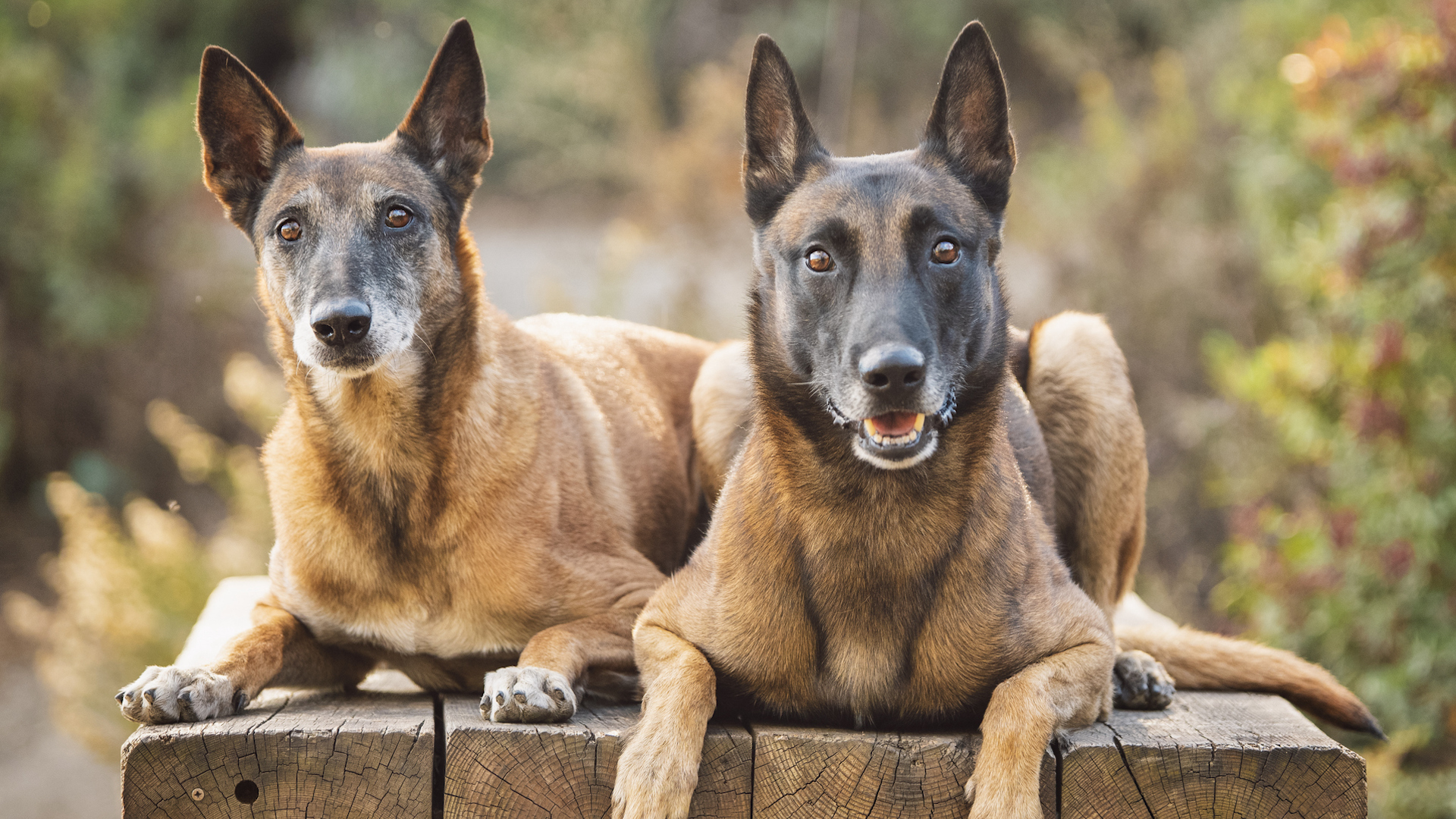
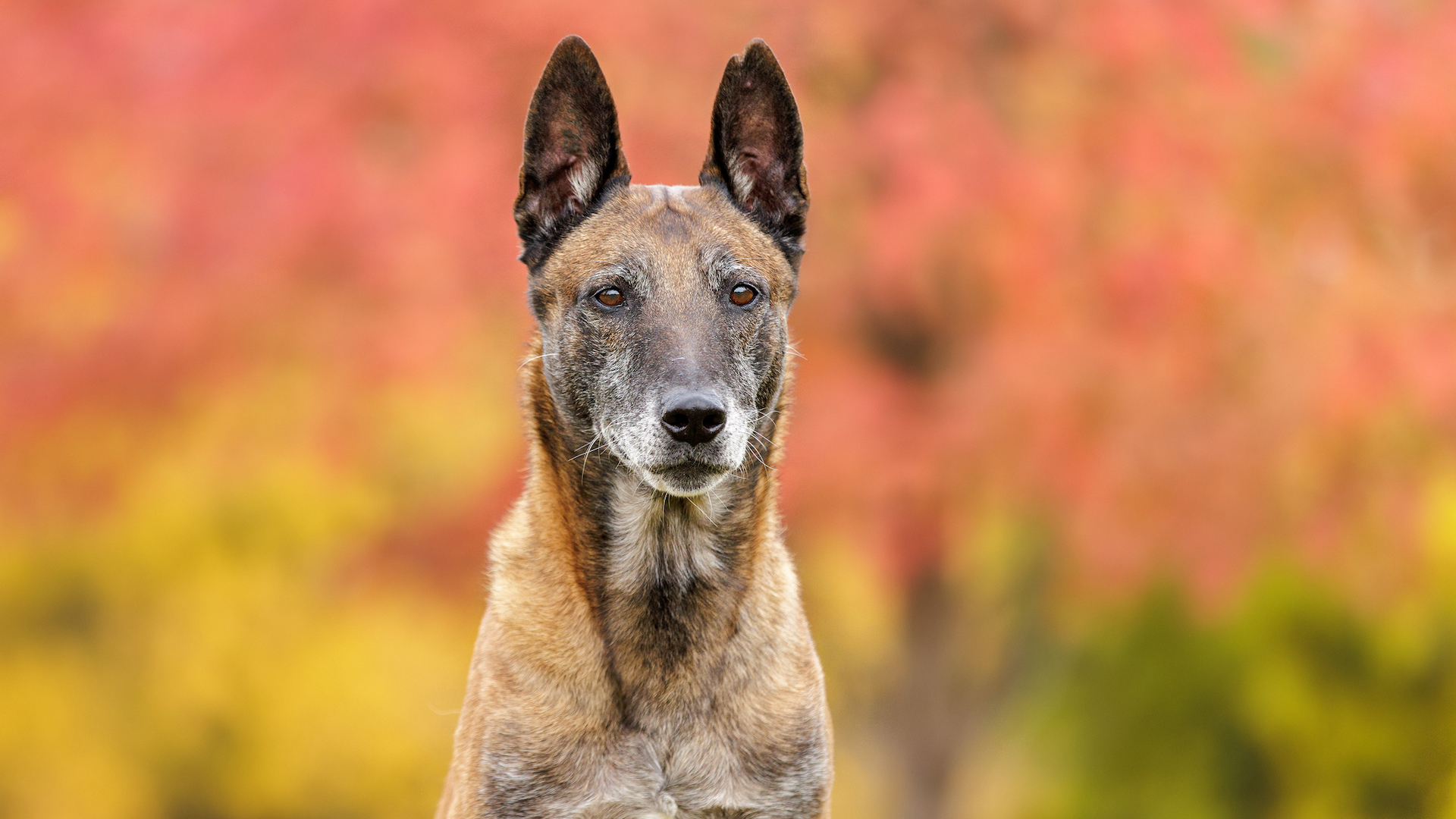
Life expectancy: 10 to 14 years
Size: 25-inches, average (male); 23 inches, average (female)
Coat: Short, dense, double coat
Temperament: Protective, active, hard-working, active, alert, confident and stubborn
Exercise needs: Minimum of two hours daily
Origin/native country: Belgium
Belgian Malinois are large, strong dogs originally bred for herding. Given their loyalty, athleticism, strength and stamina, they have become a favorite breed within the military and police, and they’re exclusively used by the US Secret Service and the Navy Seals.
Similar to German Shepherds to some extent, they can, however, be controversial primarily because they need to be handled carefully. Some experts have even called for them to be banned as pets because too few people are able to deal with their high energy and intelligence. And yet they remain one of the most popular dog breeds. Should you get one? Let’s find out.
How much exercise does a Belgian Malinois need?
There is a very short answer to this one: Belgian Malinois need lots of exercise – perhaps more than many potential owners would expect. As high energy dogs, you need to stimulate them both physically and mentally and that means ensuring they get around two hours of hard activity each day. A walk around the block will not suffice.
You don’t have to devote two hours in one chunk, though. It’s best to split the exercises across three sessions while making each minute count. Ideally, you’d have a Belgian Malinois accompany you on a hike or jog or, even better, when you’re riding that bit faster on a bicycle. If you have a large yard in which they can run, that would help too. In between times, make sure they have plenty of the best dog puzzle toys to help keep them occupied.
Are Belgian Malinois easy to train?
In the same way you need to put effort into ensuring Belgian Malinois get a lot of exercise, you need to set aside many hours for training.
“Belgian Malinois require an experienced owner who has plenty of time for training,” says vet Dr Rebecca MacMillan, but it’s not actually because they’re slow to learn.
In fact, Belgian Malinois are one of the smartest dog breeds as determined by a study at the University of Helsinki. Researchers found that they were fastest at spatial problem-solving when compared to 12 other breeds and that they were the most successful at understanding human gestures. Belgian Malinois came top over all, with 35 points out of 39.
PetsRadar Newsletter
Get the best advice, tips and top tech for your beloved Pets
The main issue is that Belgian Malinois perform poorly in inhibitory control tests which the researchers said meant the breed had a high motivation for rewards, was easily aroused in training and reacted quickly. It’s great if the dog is being trained for sports and working roles but less so for day-to-day living.
“These dogs are smart, but they have a strong prey drive and chasing instinct because they were originally bred to herd livestock,” Dr MacMillan affirms. “This means they can get distracted and chase any moving object such as children, vehicles, and animals. Early socialisation and plenty of reward-based training are very important for these dogs.”
Are Belgian Malinois aggressive dogs?
Given their strong prey drive, it’s natural to ask if Belgian Malinois are aggressive and the answer is dependent on how well trained and exercised they are.
“In my experience, Belgian Malinois can be a bit stand-offish and are not known for being overly affectionate,” says Dr MacMillan. “They are not inherently aggressive but, as with all dogs, the right socialization and training is key to this.”
One of the problems is that Belgian Malinois are bred to bite and they can cause serious injury if they do. As well as having a bite strength of 195 PSI, they tend not to let go easily. That’s great if you’re a cop apprehending a suspect, but considerably less so if you’re an ordinary dog owner walking around a park with innocent people around. Again, training and exercise is important!
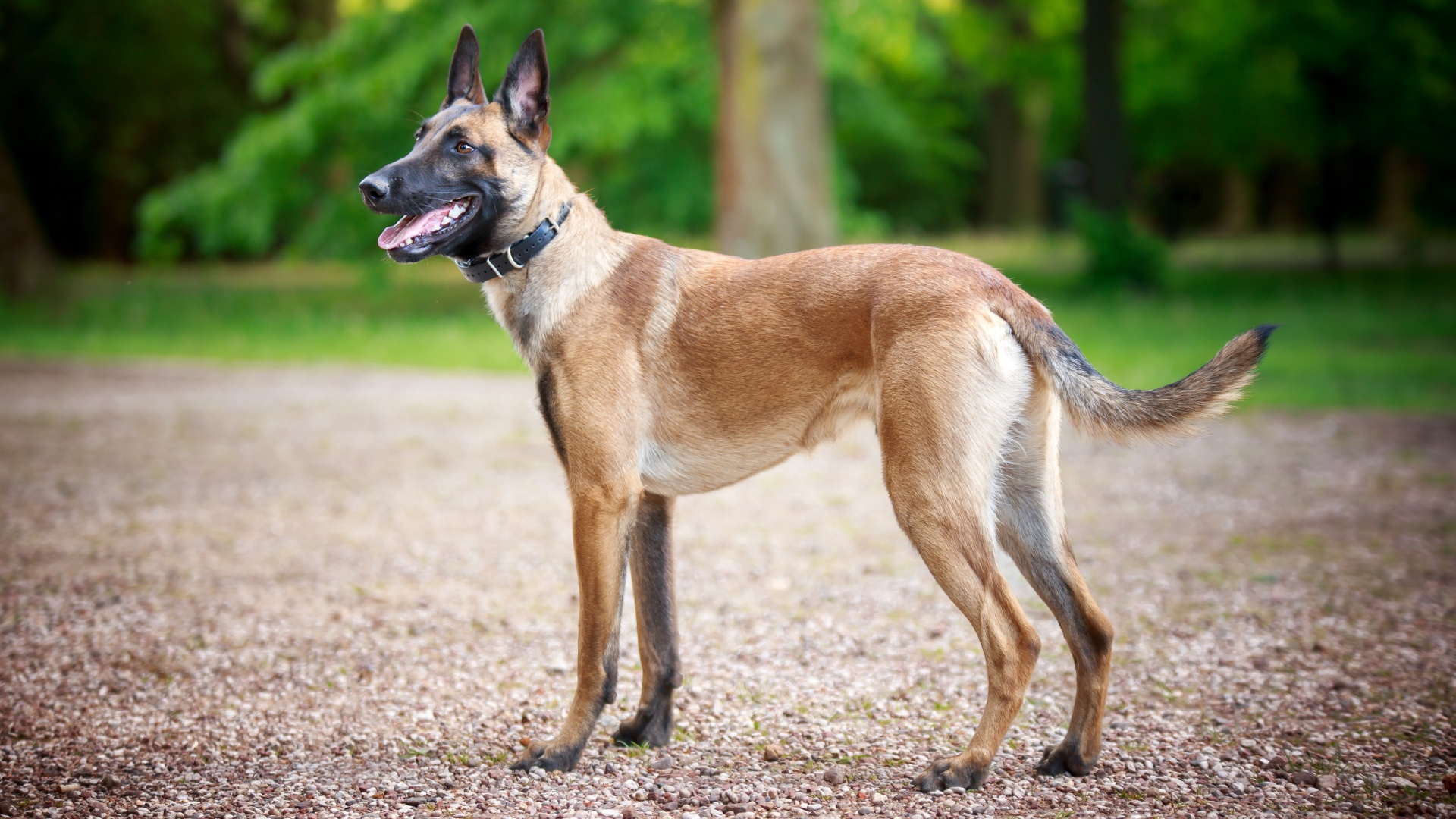
Do Belgian Malinois make for good family pets?
By extension, we come to the issue of whether even a well-trained and exercised Belgian Malinois is a good fit for a family. And it depends, again on exercise, mental stimulation and how active a household is.
“They would be best suited to an active household that can meet these needs,” Dr MacMillan says. “Behavioral issues are more likely in a dog that is under-exercised and bored. While there are always exceptions, busy young families may not be able to give the Belgian Malinois the right amount of time and attention. In my opinion, this dog would be better suited to a family with older children or adults.”
At the very least, consider this breed is large and strong – more than capable of accidentally knocking over children and babies, potentially causing injuries.
Do Belgian Malinois need a lot of grooming?
Belgian Malinois are relatively low maintenance dogs in terms of grooming.
“They lose hair moderately most of the time, with two heavy sheds twice a year,” says Dr MacMillan. “Their short coat requires little maintenance, with brushing once a week fine being for most of these dogs.”
In that sense, just brush weekly with a long-pin slicker and comb and keep this breed’s nails in trim. Bath a Belgian Malinois every couple of months but bear in mind, they are big dogs. You may want to enlist the services of a professional groomer.
Wisdom Panel Breed Discovery DNA Kit | Amazon
Not sure exactly what breed your dog is? This kit screens for 365+ breeds – because knowing every detail about your dog helps you understand how best to care for them.
What are a Belgian Malinois’s most common health problems?
As with most pedigree breeds, Belgian Malinois are more likely to develop certain health conditions.
“They are prone to hip and elbow dysplasia,” says Dr MacMillan. “They can also suffer from certain eye complaints, such as progressive retinal atrophy and cataracts. These are hereditary conditions, so it is important to purchase your puppy from a reputable breeder who has health-screened their dogs prior to mating. However, Belgian Malinois are generally a healthy dog breed with the right care and nutrition.”
Should I get a Belgian Malinois?
As Dr MacMillan says, “Belgian Malinois are not beginners’ dogs.”
There is no getting round the fact that you need to put a lot of time and effort in training, exercising, stimulating and caring for this breed – more so given they form strong, protective bonds with their owners and can, as a consequence, suffer from separation anxiety. Steer clear if you have a young family and think twice if you lead a busy or relatively sedentary lifestyle. It cannot be overstated that you need to be confident you’re capable of handling a dog such as this.
The Complete Guide To Belgian Malinois | Amazon
Using interviews with with top Belgian Malinois breeders, this book is in-depth look at what it really takes to successfully live with, raise, and train a Belgian Malinois. It includes practical tips, tricks, and insights to help a new (or seasoned) Belgian Malinois owner.
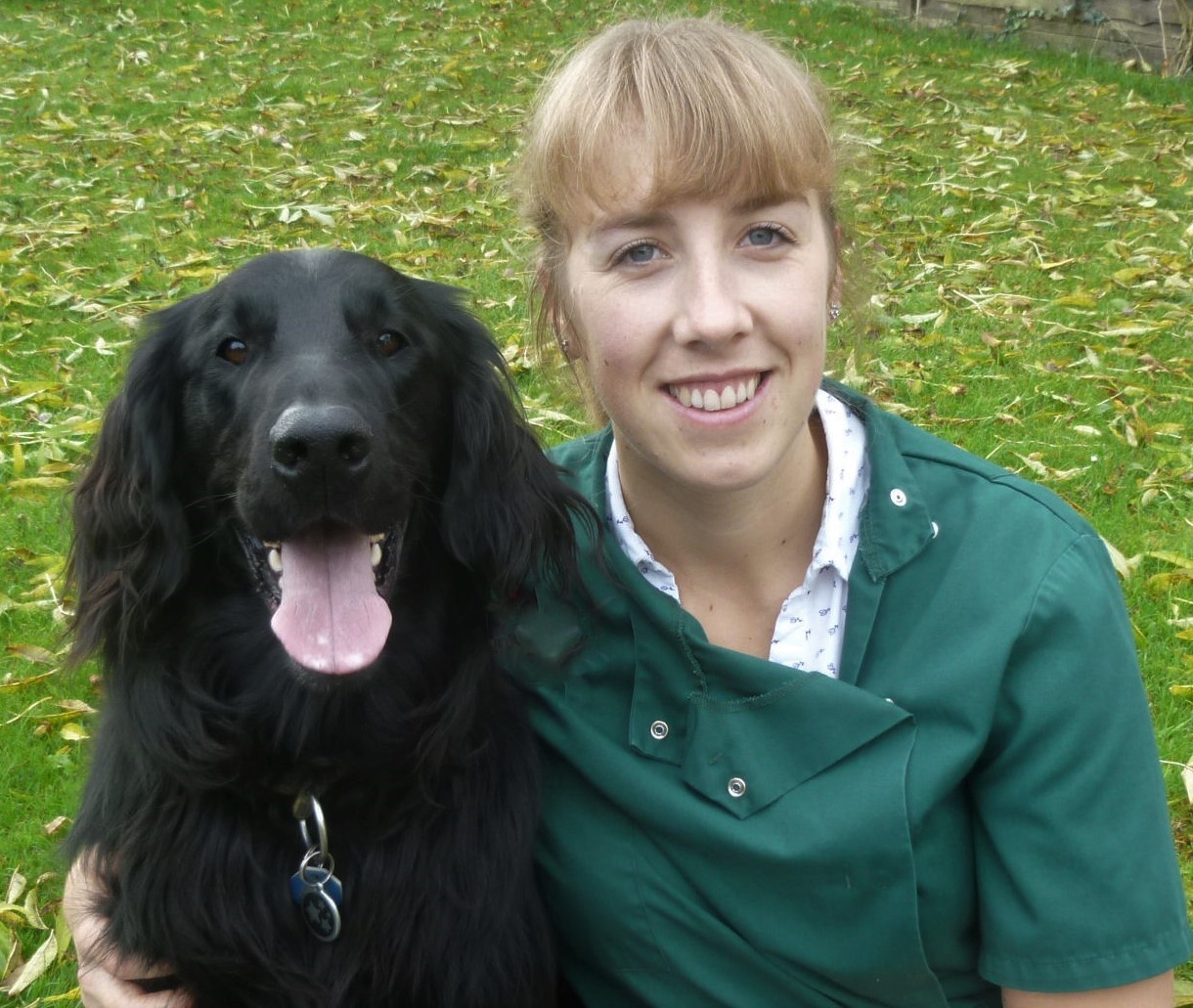
Rebecca is a veterinary surgeon who graduated in 2009 from the Royal Veterinary College in London. She has a wealth of experience in first opinion small animal practice, having done a mixture of day-to-day routine work, on-call emergency duties and managerial roles over the years. Rebecca enjoys medicine in particular and she is proud to have recently achieved a BSAVA postgraduate certificate in small animal medicine (with commendation).
She writes on various feline and canine topics, including behavior, nutrition, and health. Outside of work and writing she enjoys walking her own dog, spending time with her young family and baking!
Edited by Georgia Guerin.
Recent updates
This feature was last updated on February 21, 2025.

David Crookes has been a journalist for almost 30 years and he has written for a host of magazines, newspapers, websites and books including the World of Animals Annual, BBC Earth, Live Science, The Independent and Tom’s Guide.
Born in England, he lives with two cats but he’s also keenly interested in the differences between the huge number of dog breeds – in fact, you can read many of his breed guides that he’s written in collaboration with vets here on PetsRadar.
With a lifelong passion for technology, too, he’s always on the lookout for useful devices that will allow people to keep their pets happier and healthier, and provide them more time to spend together.
David has a degree from Durham University, as well as postgraduate diploma in journalism from the University of Central Lancashire.

